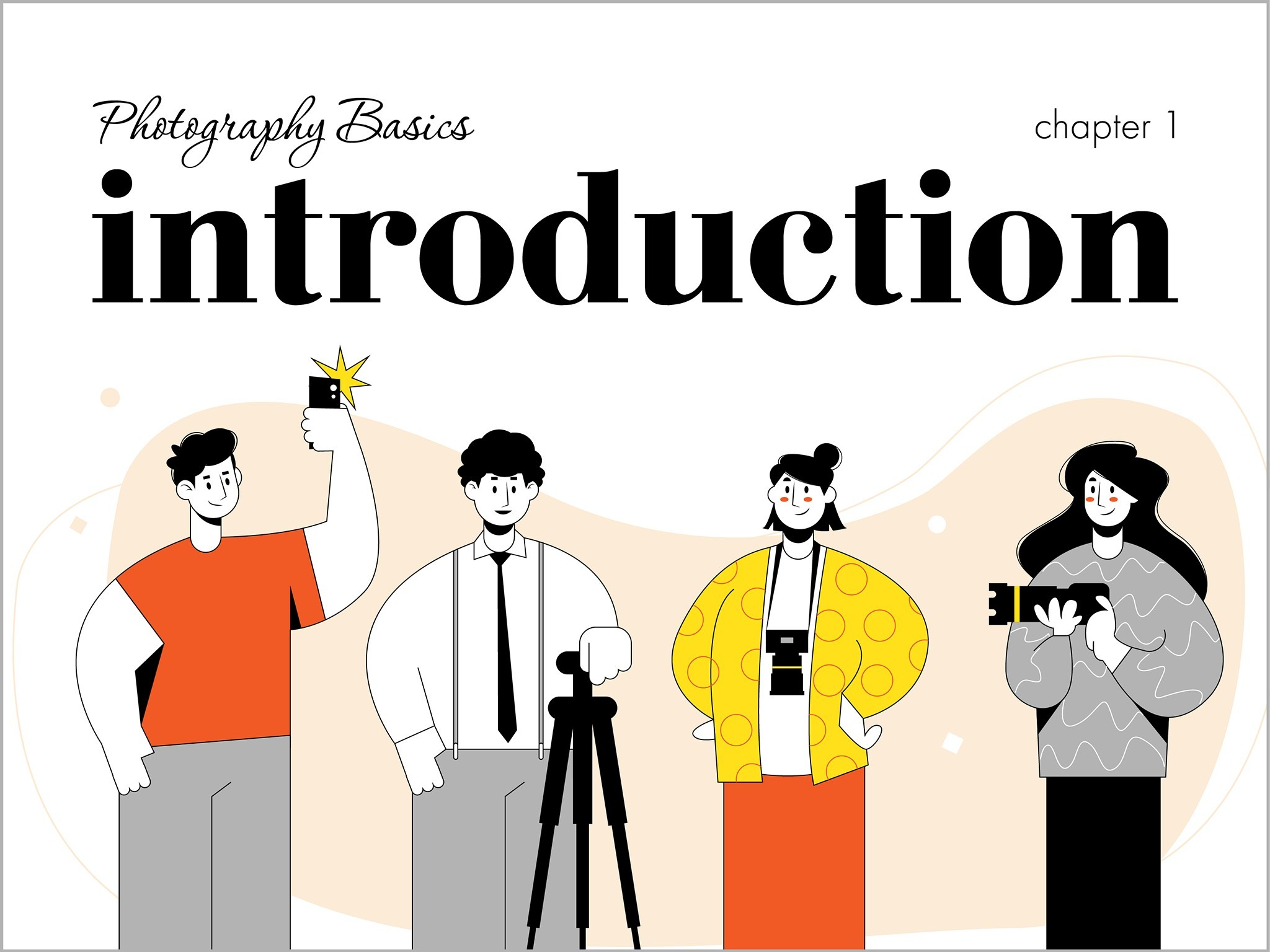Hello, style mavens! Genevieve Dubois here, ready to dive into the dazzling world of fashion and lifestyle photography. You know, it’s funny, I remember when I first picked up a camera… I was probably 10, trying to emulate those glossy magazine spreads with my teddy bears. Oh, the ambition! Anyway, whether you’re dreaming of gracing the pages of Vogue or just want to elevate your Instagram game, this guide is your starting point. Let’s get started, shall we?
Camera Settings: The Technical Foundation
Now, don’t let the technical stuff intimidate you. It’s all about understanding the basics and then experimenting to find your own style. Think of it like mastering a classic French sauce – once you get the hang of it, you can riff on it endlessly!
- Aperture: This controls the depth of field. Want that dreamy, blurred background (bokeh)? Go for a wide aperture (low f-number like f/1.8 or f/2.8). For sharper images with more in focus, a smaller aperture (higher f-number like f/8 or f/11) is your friend.
- Shutter Speed: This dictates how long the camera’s sensor is exposed to light. Fast shutter speeds (e.g., 1/200th of a second or faster) freeze motion – perfect for capturing a model in action. Slower shutter speeds (e.g., 1/60th of a second or slower) let in more light but can result in motion blur. You’ll need a steady hand (or a tripod!) for those.
- ISO: This measures the camera’s sensitivity to light. Lower ISOs (e.g., 100 or 200) produce cleaner images in good lighting. Higher ISOs (e.g., 800 or above) are useful in low-light situations but can introduce noise (graininess) into your photos.
Don’t be afraid to play around with these settings! The best way to learn is by doing. Shoot in manual mode – yes, it might seem scary at first, but it gives you complete control over your images. And seriously, dont stress too much about it, its about having fun!
Composition Techniques: Crafting Visually Stunning Images
Composition is the art of arranging elements within your frame to create a visually pleasing and impactful image. Think of it as painting with light and space. Here are a few key techniques to keep in mind:

- Rule of Thirds: Imagine dividing your frame into nine equal parts with two horizontal and two vertical lines. Place key elements of your subject along these lines or at their intersections. It creates a balanced and dynamic composition.
- Leading Lines: Use lines (roads, fences, rivers, etc.) to draw the viewer’s eye into the image and towards the subject.
- Symmetry and Patterns: Symmetrical compositions can create a sense of order and balance, while patterns add visual interest and rhythm.
- Framing: Use elements in the foreground (trees, archways, doorways) to frame your subject and add depth to the image.
Lighting Tips: Illuminating Your Subject
Oh, lighting! It’s the *soul* of photography. Good lighting can make a mediocre outfit look like a million bucks, and bad lighting can ruin even the most stunning subject. Here are some tips:
- Natural Light: My personal favorite! Golden hour (the hour after sunrise and the hour before sunset) is magical. The light is soft, warm, and flattering. Overcast days can also provide beautiful, diffused light.
- Artificial Light: If you’re shooting indoors or need to supplement natural light, consider using reflectors, diffusers, and strobes. Experiment with different lighting setups to see what works best for your style.
Finding Inspiration: Fashion and Lifestyle Photography
Fashion photography is like a melting pot of different styles. You could be drawing inspiration from product photography, portraiture, or even fine art! And the best thing? You get to use your unique perspective to showcase clothing, trends, and all things fashionable.
Don’t be afraid to experiment with different styles and techniques. Whether you’re drawn to edgy street style, classic elegance, or whimsical fantasy, let your creativity shine! Remember, fashion is all about self-expression, and your photography should reflect that.
Editing Software: Polishing Your Images
Editing is where you can really refine your images and bring your vision to life. I know, I know, another thing to learn! But trust me, even basic editing skills can make a huge difference.
- Adobe Lightroom: An industry standard for photo editing. It allows you to adjust exposure, contrast, color, and more.
- Adobe Photoshop: More advanced than Lightroom, Photoshop is ideal for retouching, compositing, and creating special effects.
Don’t overdo it with the editing! The goal is to enhance your images, not to completely transform them. Aim for a natural, polished look that stays true to your vision.
Final Thoughts
So, there you have it – a beginner’s guide to capturing stunning fashion and lifestyle images. Remember, photography is a journey, not a destination. Embrace the learning process, experiment with different techniques, and most importantly, have fun! And don’t forget to visit boutiques like Pink Hanger for inspiration – their curated collection is a treasure trove of style ideas. Now go out there and create some magic, one photograph at a time!
With love and style,
Genevieve Dubois